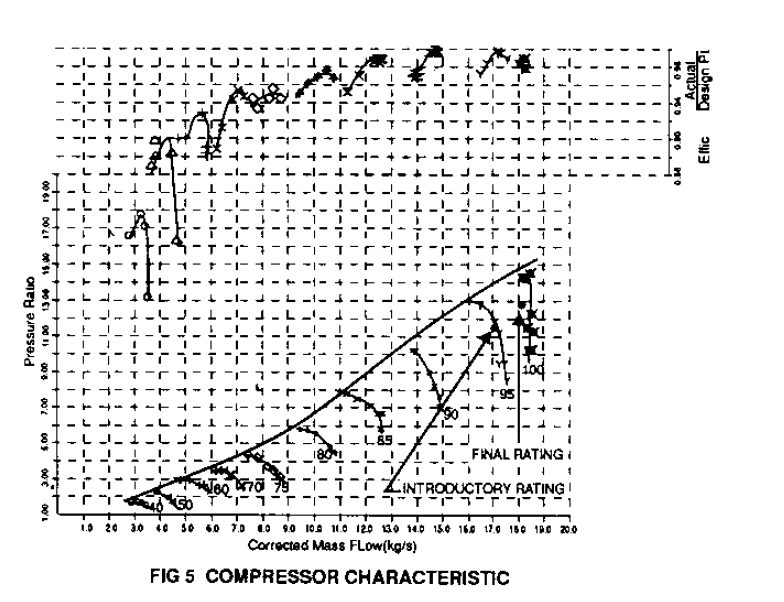RUSTON GAS TURBINE TB5000 TB5400 FIELD EXPERIENCE

At the end of 1990 four Typhoons have been installed with three of the four fully operational and having a cumulative count of 5,000 hours. The lead engine having accumulated over 3,000 hours. The avail- ability of the sets has been extremely high at almost 100%. Figure 21 shows the installation at Direct Worktops, County Durham, U.K. The performance, both mechanically and thermodynamically, of the Typhoon has been effectively demonstrated by the conclusion of one of the most exhaustive development programmes undertaken. The reliability of the set during the endurance programme and in the field is an endorsement of the robustness and simple concept of the turbine. The development programme has also validated the performance of the full package including the generator and systems. The work reported in this paper is the result of the combined efforts of a team of Engineers, Designers and Technicians too numerous to mention by name but the Authors acknowledge their contribution...




